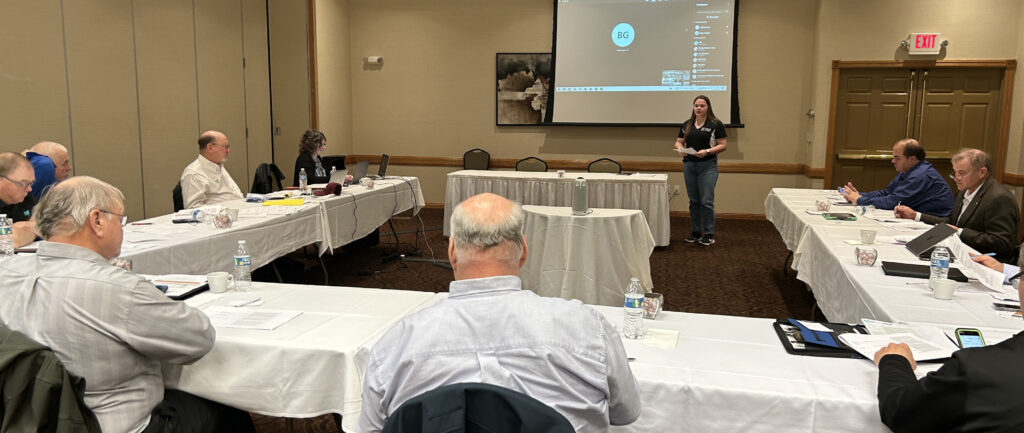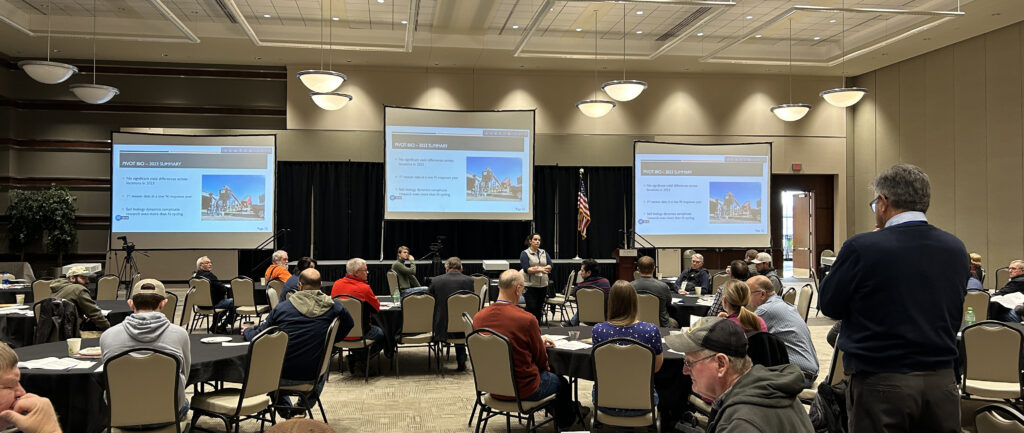Saline soils are soils with a high salt content and, by definition, possess electrical conductivity (EC>4). The term salt refers to any chemical compound formed from the reaction of an acid with a base, not just sodium chloride (table salt).
I have worked with saline, and some sodic, soils for most of my career. However, all of these developed as a result of either a man-made activity (salt water spills from oilfield activity) or weather based (hurricane flooding a rice field with sea water). In those cases, management was pretty simple; allow rainfall to wash the salts and sodium, down below the root zone.

The only instances this wasn’t true was due to continued use of poor quality irrigation water. However, when the irrigation water was either improved or irrigation eliminated, the process remained the same. Thus it merely took time as annual rainfall in these areas, varying from 45 to 85 inches per year, was sufficient. When one pencils in the lack of frozen ground, the water infiltration tended to be high and allowed most sites to self-heal in a matter of years, if not months.
While attending the Soil Health Tour, I found that things are different in the Dakotas and western Minnesota. In this region saline, and to some extent sodic, soils appear to be a result of climate change (Figure 1).
In the past, increased spring rainfall in the region has resulted in subsurface deposited salts dissolving and moving up the soil profile with water to be deposited near or on (Figure 2) the surface soil. The process of reducing salinity in soils remains the same as in other locations, leach the salts below the soil surface. However, in a tiled system, the salinity issue doesn’t go away.
The next time subsurface water moves up the profile and evaporates, soil salinity becomes an issue again. It could quickly become a vicious circle. Tiling would provide an exit for the salt containing water, but is expensive and comes with certain regulations.
One technique in saline management is the use of ground cover. As mentioned above, salt crusts form on the soil surface during evaporation. If ground cover exists, the plants “screen” out the salts and prevent them from accumulating on the soil surface.

Excessive salinity tends to be most damaging to germinating seed. This allows the grower to plant seed in the upper 2 inches, allowing seeds to germinate, emerge and grow into a more mature plant which is better able to tolerate the salinity levels. This can be seen in Figure 2. Soybeans grew where the previous cover crop was (cereal rye) but not where the cover was limited.
If it exists, soil salinity is a serious issue requiring a change in management, including changing crop rotation. Plant breeders are working on soybean varieties that tolerate higher salinity levels, but this will take time. Monitor your fields, pay attention to soil samples, especially electrical conductivity, and manage accordingly.







